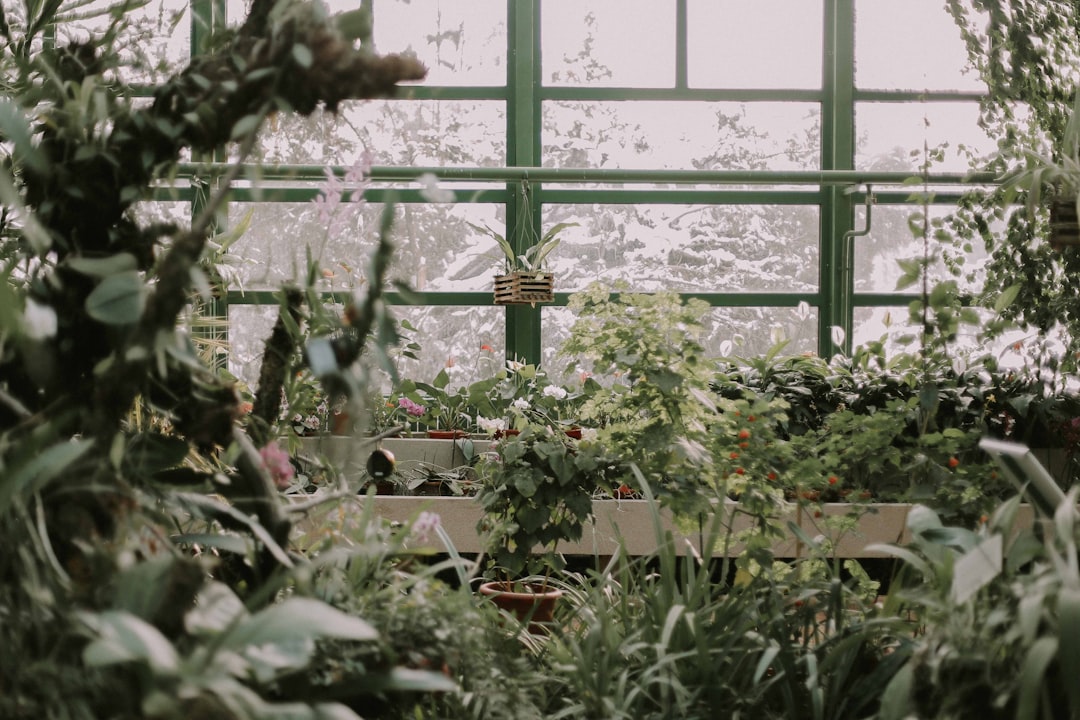
Trillium, a captivating spring - blooming native woodland perennial, is a cherished addition to shaded gardens. Its unique three - petaled flowers and lush foliage bring a touch of elegance and natural beauty to any landscape. In this article, we will explore essential tips for successfully growing trillium in your garden.
Understanding Trillium
Trillium belongs to the family Melanthiaceae. There are several species of trillium, each with its own distinct characteristics. For instance, the Trillium grandiflorum, also known as the large - flowered trillium, features large white flowers that gradually turn pink as they age. Trillium sessile has sessile flowers, which means the flowers sit directly on the stem without a stalk.
These plants are typically found in the understory of deciduous forests, where they enjoy dappled sunlight and rich, moist soil. They have a symbiotic relationship with the forest floor, relying on the decaying leaf litter for nutrients and moisture.
Selecting the Right Location
One of the most crucial factors in growing trillium is choosing the right location. Since trilliums are native to shaded woodlands, they thrive in areas with partial to full shade. Avoid planting them in direct sunlight, as this can scorch their delicate leaves and flowers.
A north - or east - facing slope or the area under the canopy of large trees is an ideal spot. The trees not only provide shade but also contribute to the natural leaf litter that enriches the soil. The soil should be well - drained but consistently moist. Trilliums do not tolerate waterlogged conditions, as this can lead to root rot.
Soil Preparation
Preparing the soil is essential for the healthy growth of trillium. These plants prefer a soil that is rich in organic matter. Start by clearing the area of any weeds or debris. Then, add a generous amount of compost, well - rotted manure, or leaf mold to the soil. This will improve the soil's structure, fertility, and water - holding capacity.
Trillium also prefers a slightly acidic to neutral soil pH, typically in the range of 5.5 to 7.0. You can test the soil pH using a home testing kit and make adjustments if necessary. If the soil is too alkaline, you can add elemental sulfur to lower the pH.
Planting Trillium
Trillium can be planted either from seeds or rhizomes. Planting from rhizomes is often quicker and more reliable. When planting rhizomes, dig a hole that is deep enough to accommodate the rhizome without bending it. Place the rhizome in the hole with the growing tip facing upwards and cover it with soil, leaving a small depression around the plant to hold water.
If you are planting trillium from seeds, keep in mind that they have a long germination period. Trillium seeds require a period of cold stratification, which mimics the natural winter conditions. You can place the seeds in a moist paper towel inside a plastic bag and store them in the refrigerator for 3 - 4 months before sowing them in the prepared soil.
Watering and Maintenance
Trillium needs consistent moisture, especially during the growing season. Water the plants regularly, making sure the soil remains evenly moist but not soggy. During dry spells, you may need to water more frequently.
It is important to avoid disturbing the trillium plants once they are established. These plants have a slow growth rate and can be easily damaged. Do not walk on the area where they are planted or dig around them.
Adding a layer of mulch around the plants can help retain moisture, suppress weeds, and provide additional nutrients as it decomposes. Use organic mulch such as shredded leaves, pine needles, or bark chips.
Pest and Disease Management
Trillium is generally a hardy plant, but it can be susceptible to some pests and diseases. Slugs and snails may be attracted to the tender leaves and flowers. You can control them by using organic slug baits or by creating a barrier around the plants with crushed eggshells or diatomaceous earth.
Fungal diseases, such as leaf spot and powdery mildew, can occur in humid conditions. To prevent these diseases, make sure there is good air circulation around the plants. Remove any infected leaves immediately and dispose of them properly to prevent the spread of the disease.
Propagation
Trillium can be propagated through division. However, this should be done carefully and only when necessary, as trillium plants do not recover well from disturbance. The best time to divide trillium is in the fall, after the foliage has died back. Gently dig up the plant and separate the rhizomes, making sure each division has a healthy growing tip. Replant the divisions in a prepared location.
In conclusion, growing trillium can be a rewarding experience. By following these essential tips on location selection, soil preparation, planting, watering, maintenance, pest and disease management, and propagation, you can enjoy the beauty of these spring - blooming perennials in your shaded garden for years to come.
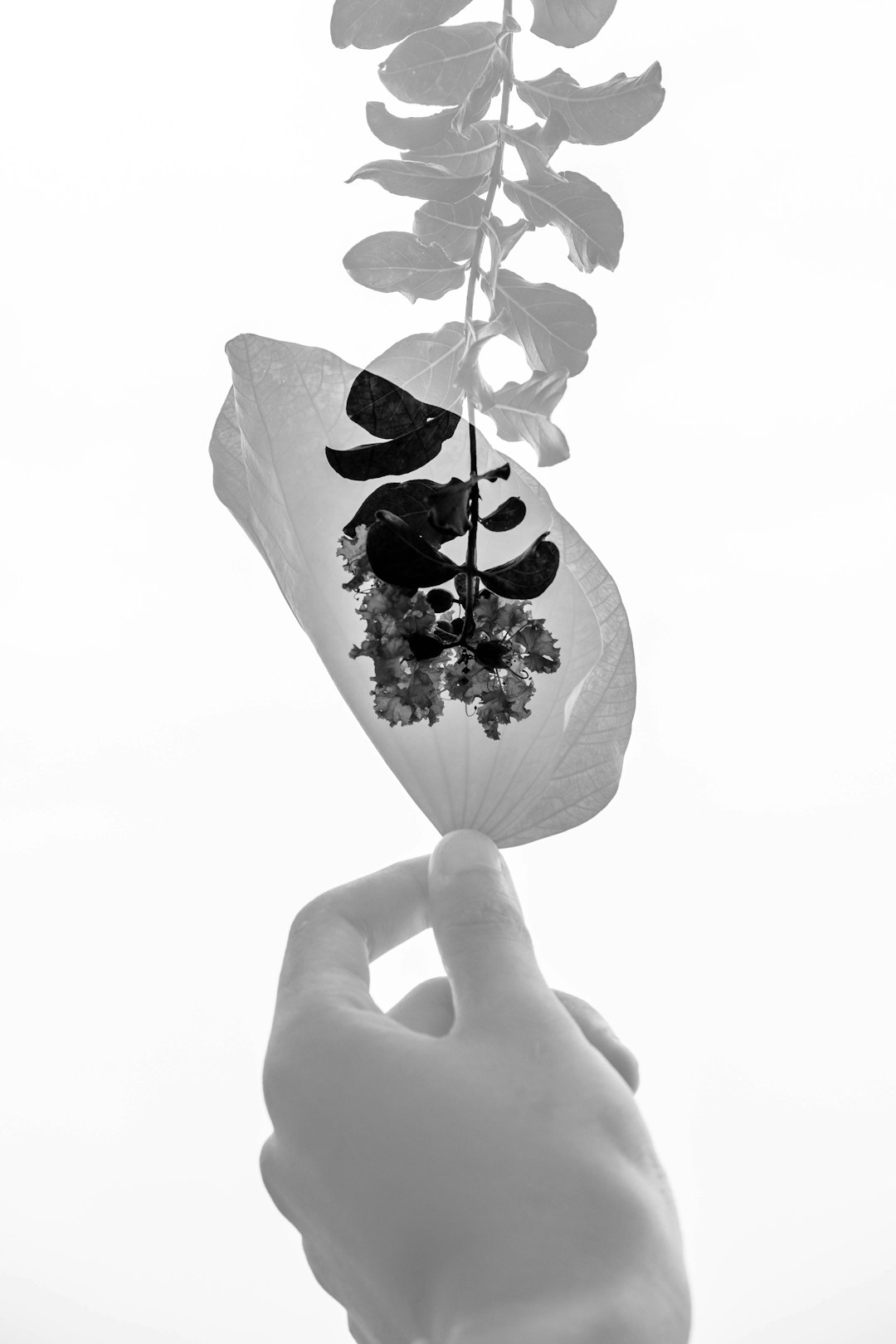
The Secret to Squirrel - Free Potted Plants
The Secret to Squirrel - Free Potted Plants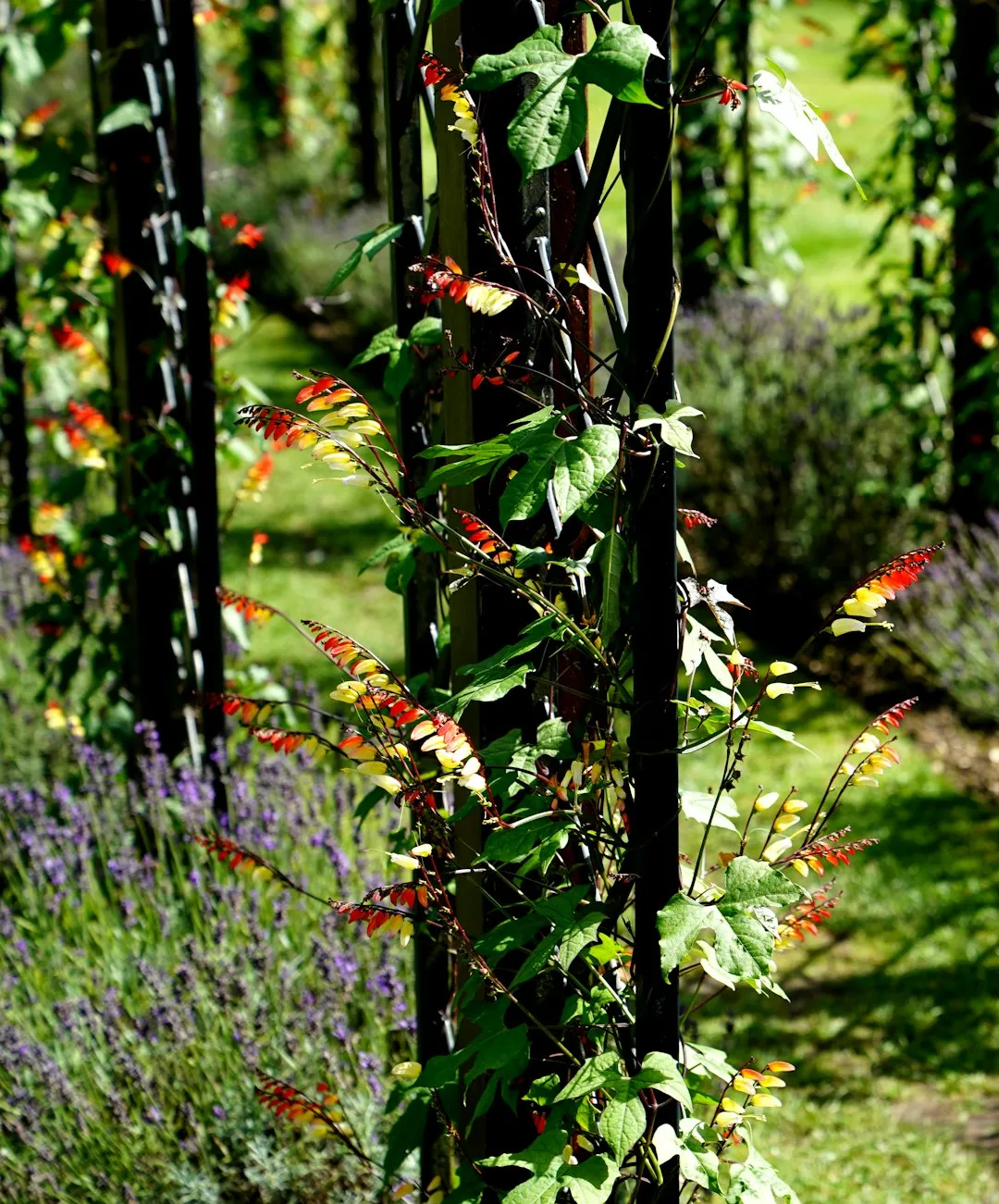
Sweet Rewards: Cultivating Berries in Containers
Sweet Rewards: Cultivating Berries in Containers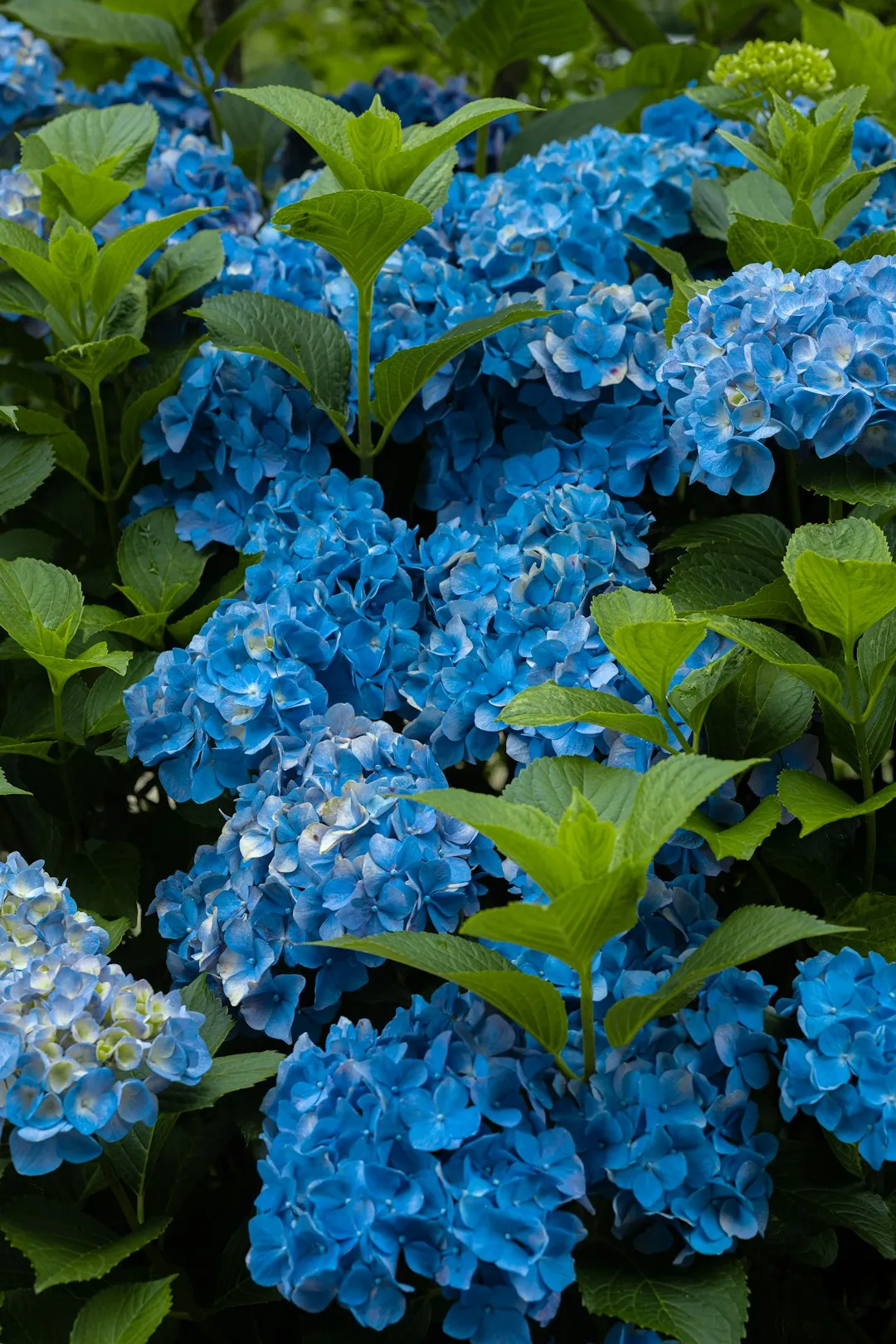
Unveiling the Secrets of a Stunning Lawn
Unveiling the Secrets of a Stunning Lawn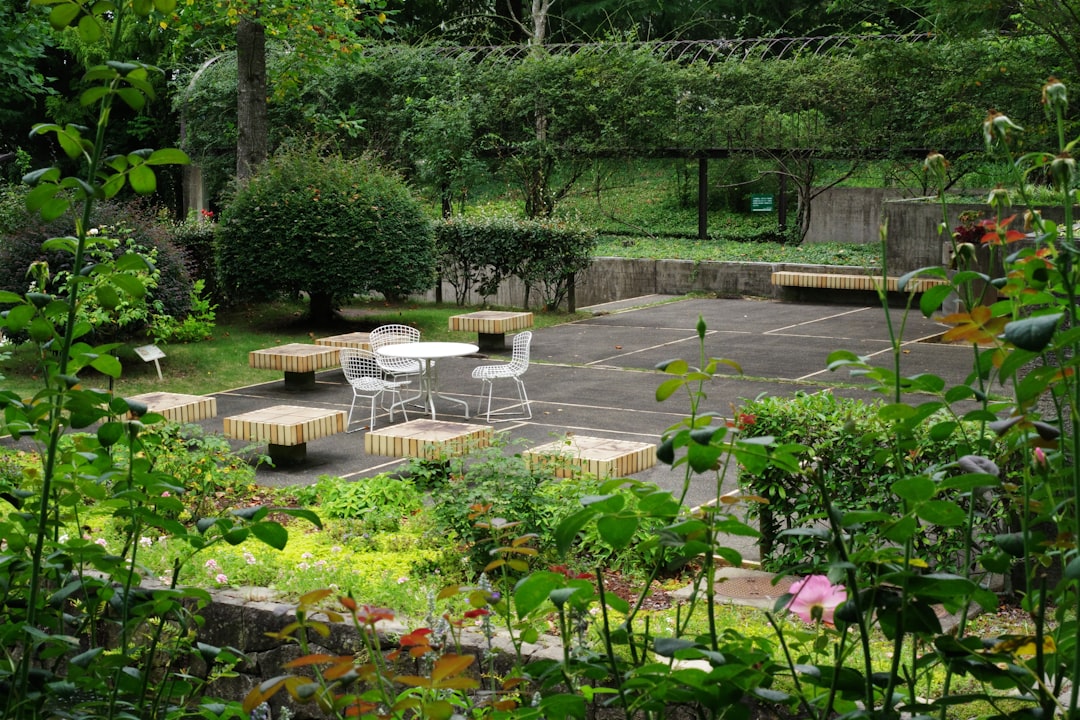
Fall Lawn Maintenance: The Key to a Healthy Yard in Winter
Fall Lawn Maintenance: The Key to a Healthy Yard in Winter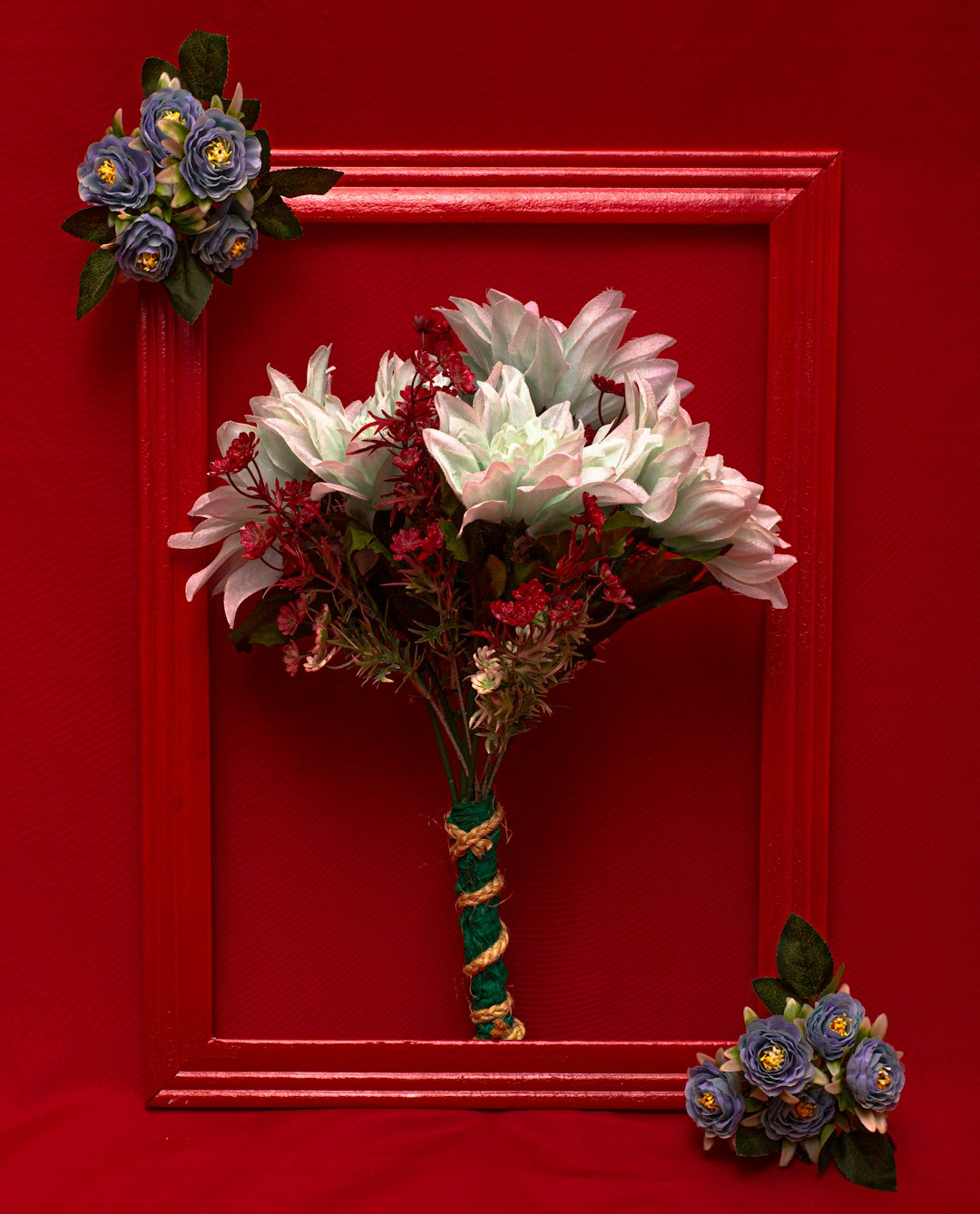
The Secret to Soil Amendment Without Uprooting Your Plants
The Secret to Soil Amendment Without Uprooting Your Plants
Unleash Your Garden's Potential: The Art of Seed Collection
Unleash Your Garden's Potential: The Art of Seed Collection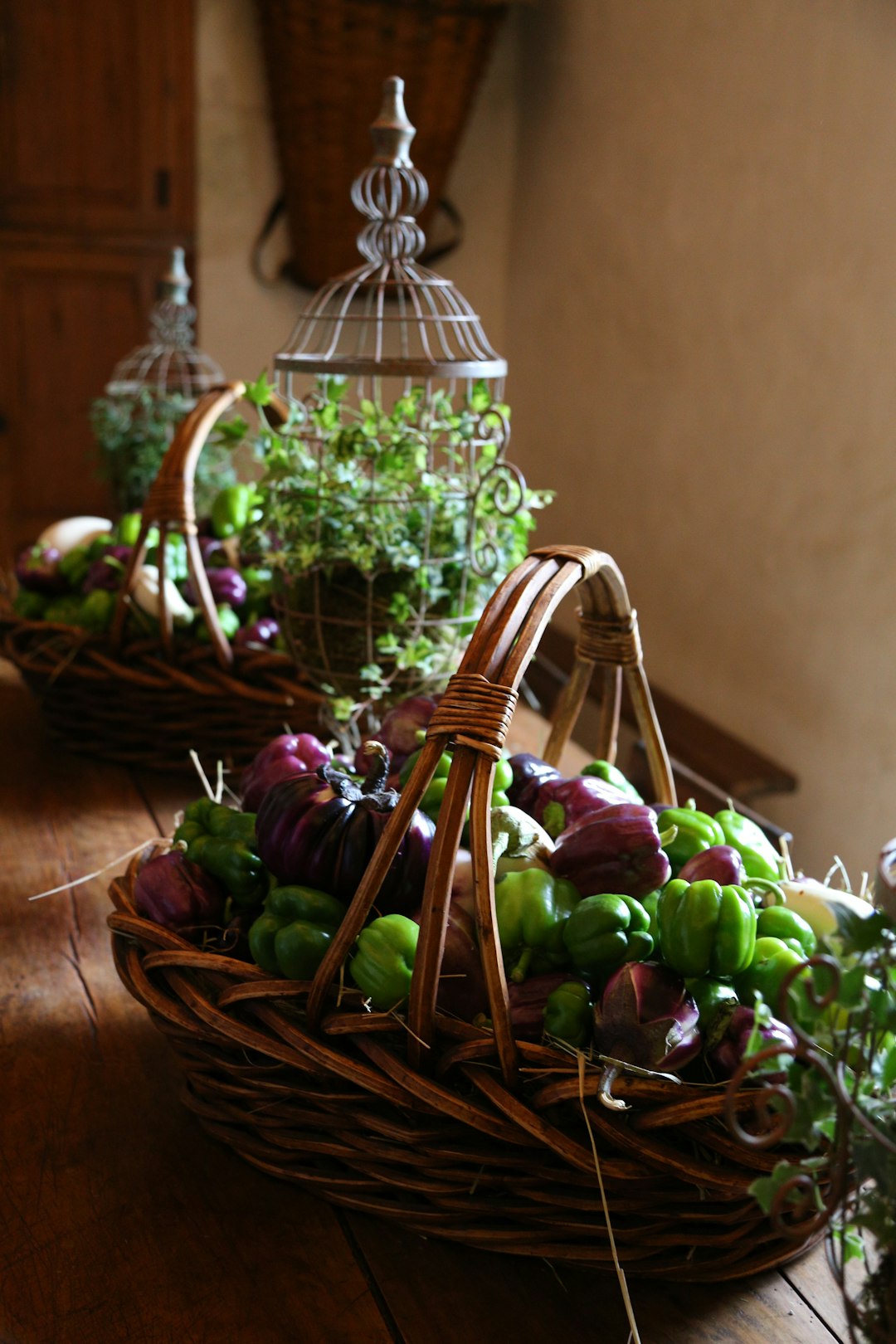
Pre - Summer Yard Care Essentials
Pre - Summer Yard Care Essentials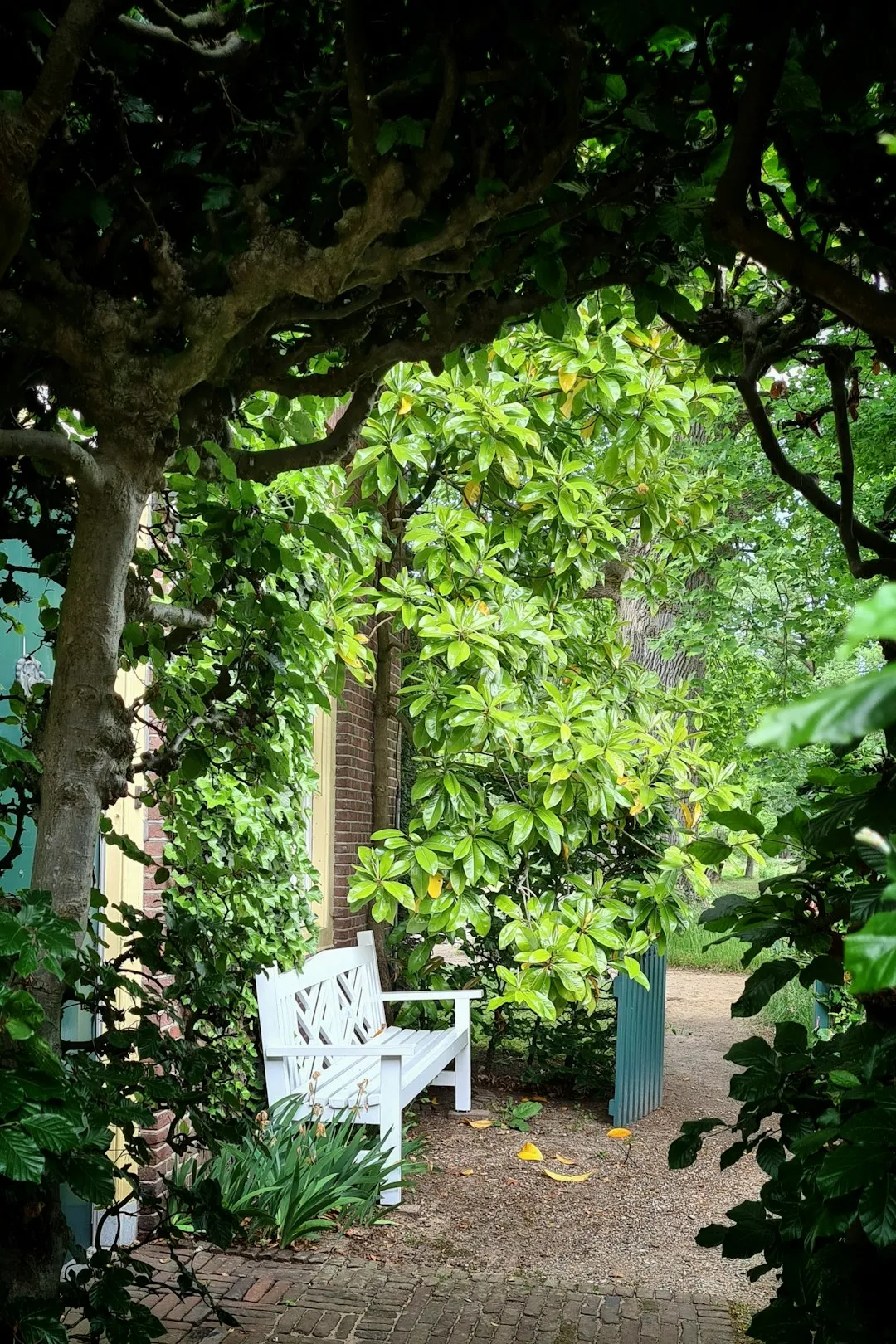
Weathering the Storm: Nurturing Your Garden in Extreme Conditions
Weathering the Storm: Nurturing Your Garden in Extreme Conditions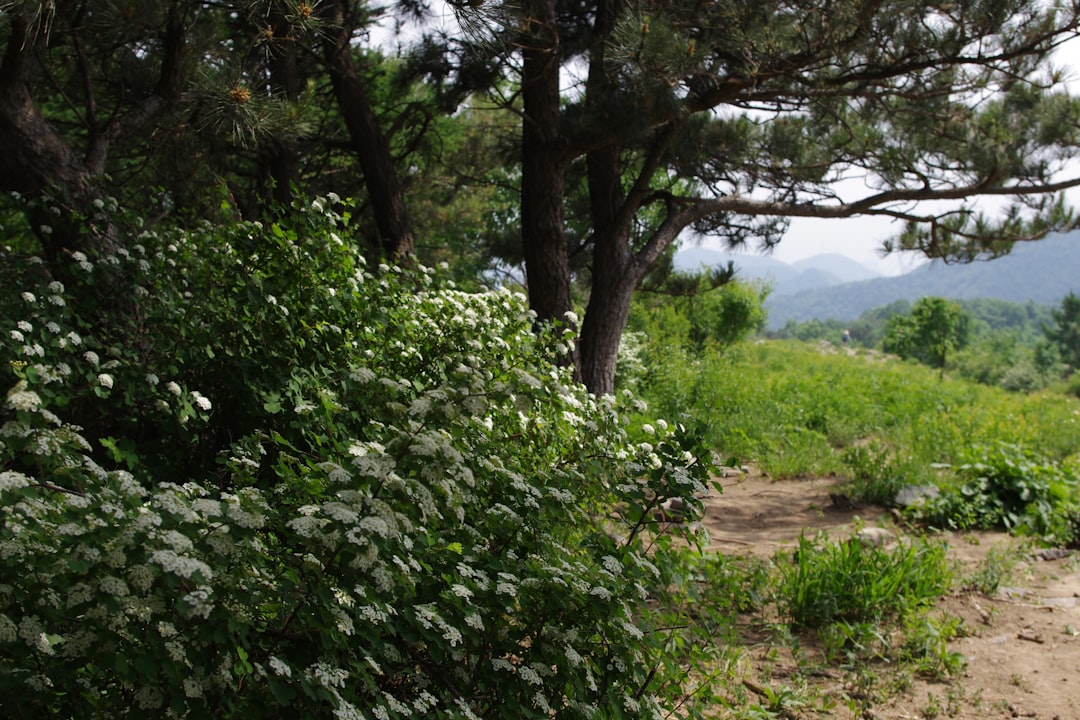
Summer Pruning: The 10 Flowering Plants to Leave Alone
Summer Pruning: The 10 Flowering Plants to Leave Alone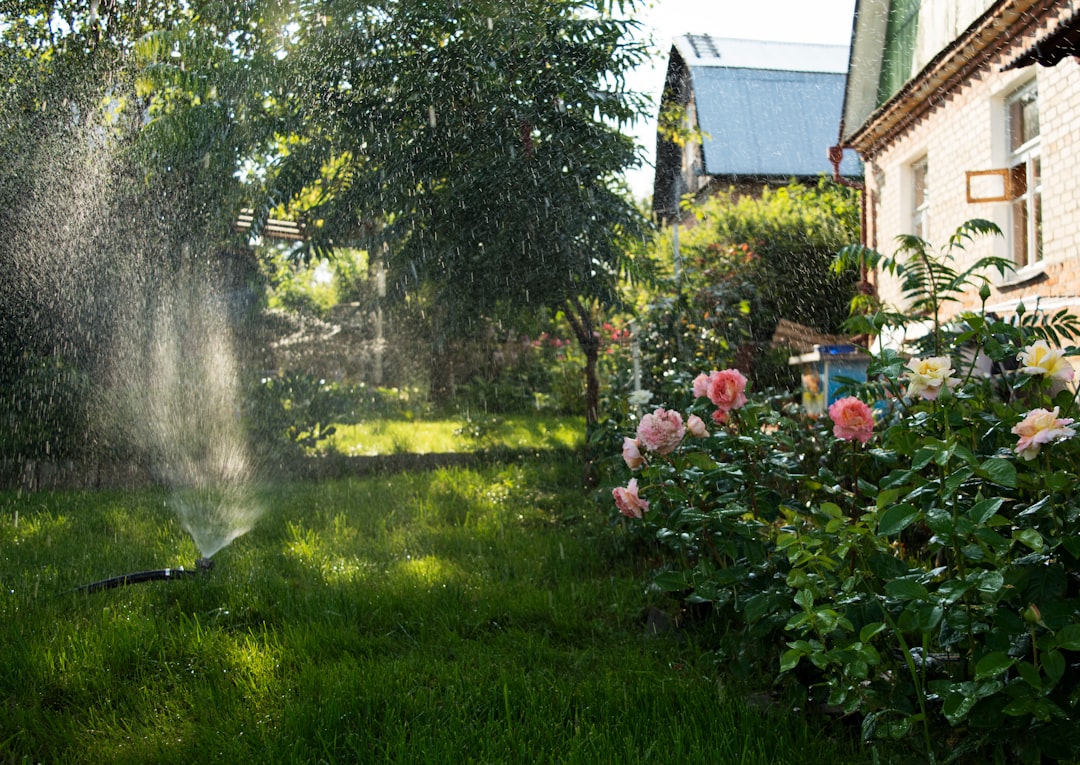
Unveiling the Hidden Gems of Perennial Gardening
Unveiling the Hidden Gems of Perennial Gardening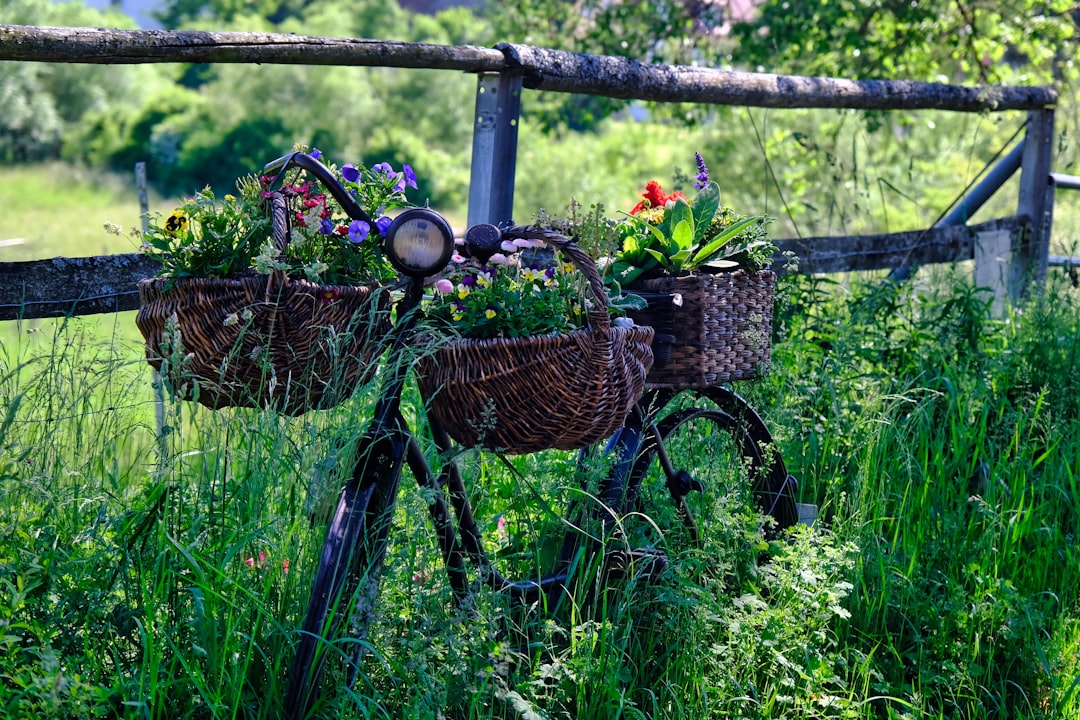
Unleashing the Beauty of Perennial Black - Eyed Susans in Your Garden
Unleashing the Beauty of Perennial Black - Eyed Susans in Your Garden
Unveiling the Secrets of Trillium Growth
Unveiling the Secrets of Trillium Growth
The All - Season Charm of Sedum Plants
The All - Season Charm of Sedum Plants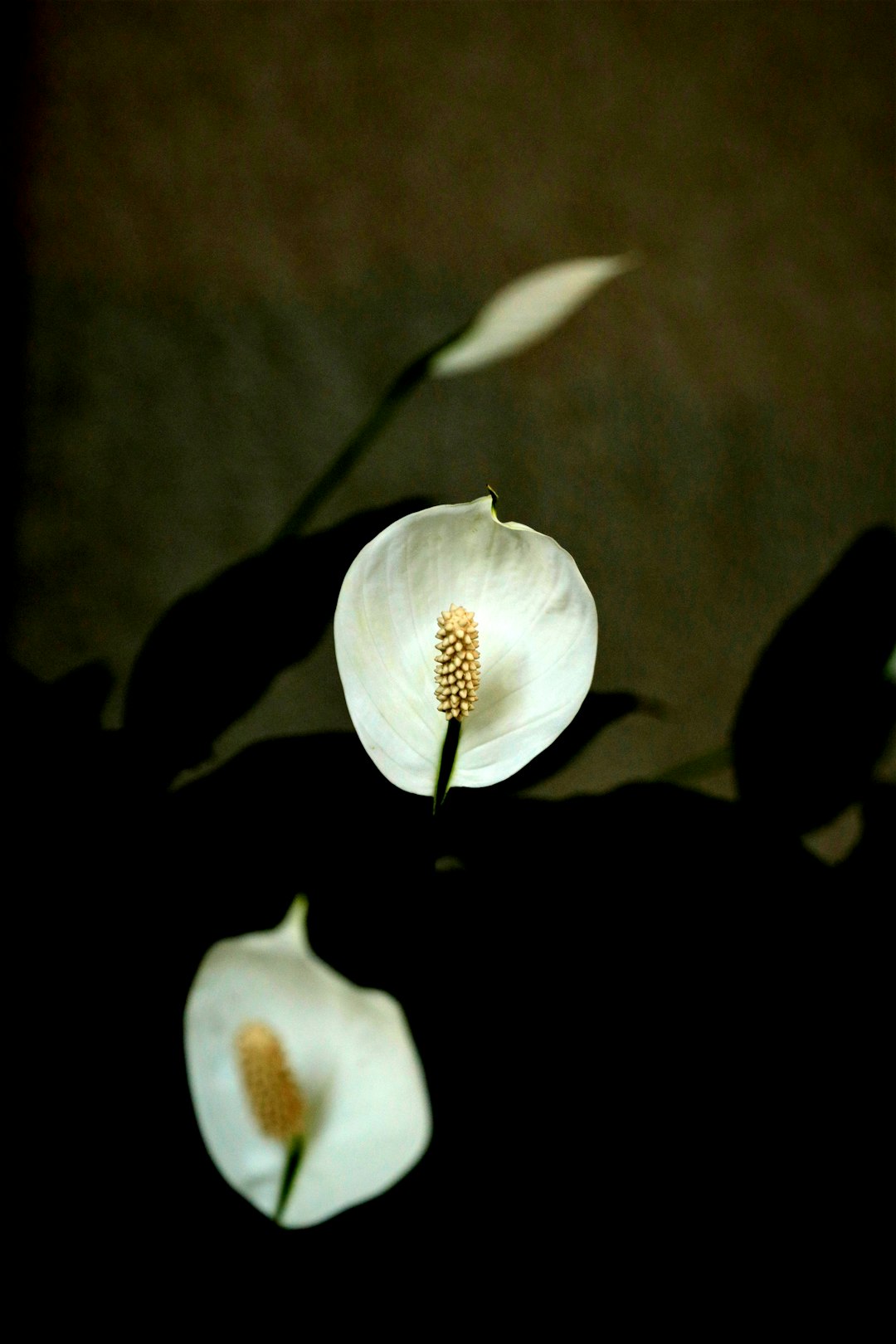
Banishing Snakes from Your Yard: Simple Solutions
Banishing Snakes from Your Yard: Simple Solutions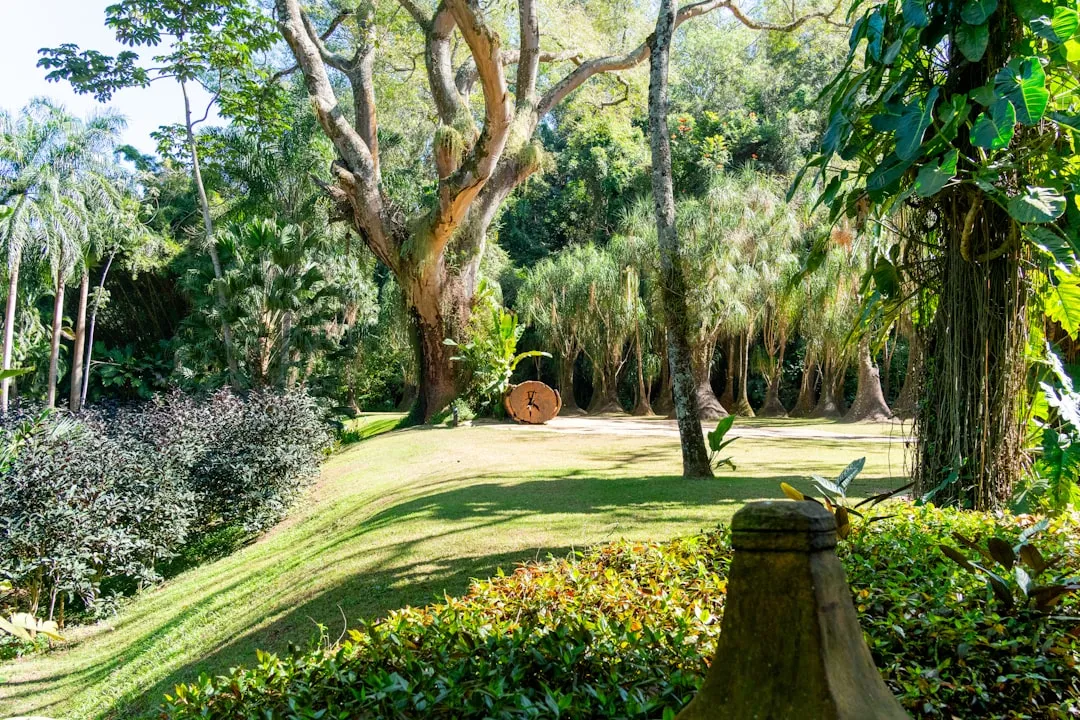
Secrets to a Bug - Free Garden: Conquering Squash Bugs Naturally
Secrets to a Bug - Free Garden: Conquering Squash Bugs Naturally
Transform Your Yard: Banish Crabgrass for Good
Transform Your Yard: Banish Crabgrass for Good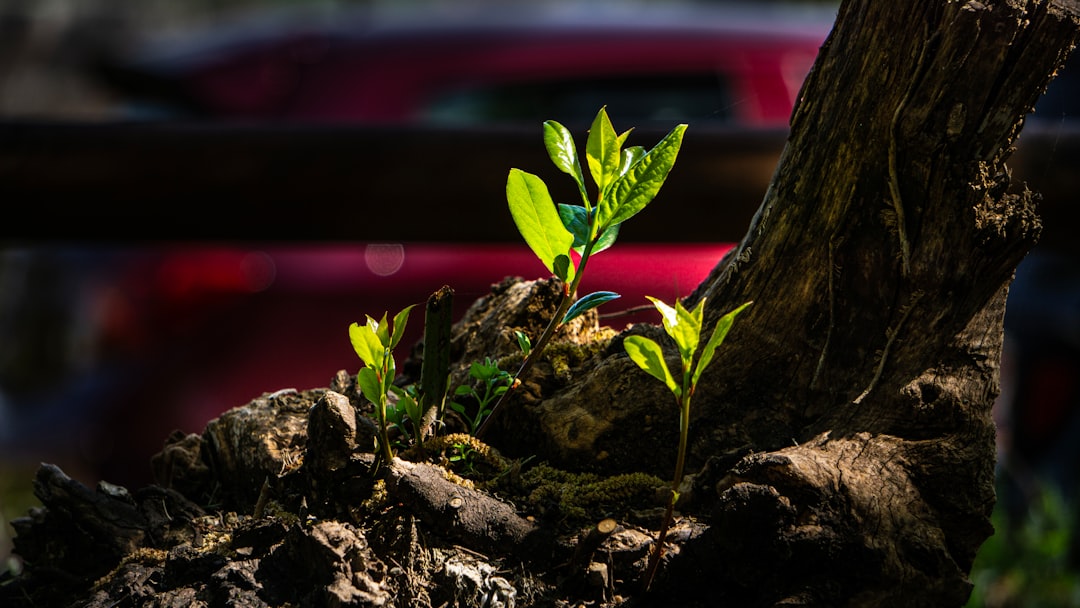
Unveiling the Wonders of a Low - Sun Garden
Unveiling the Wonders of a Low - Sun Garden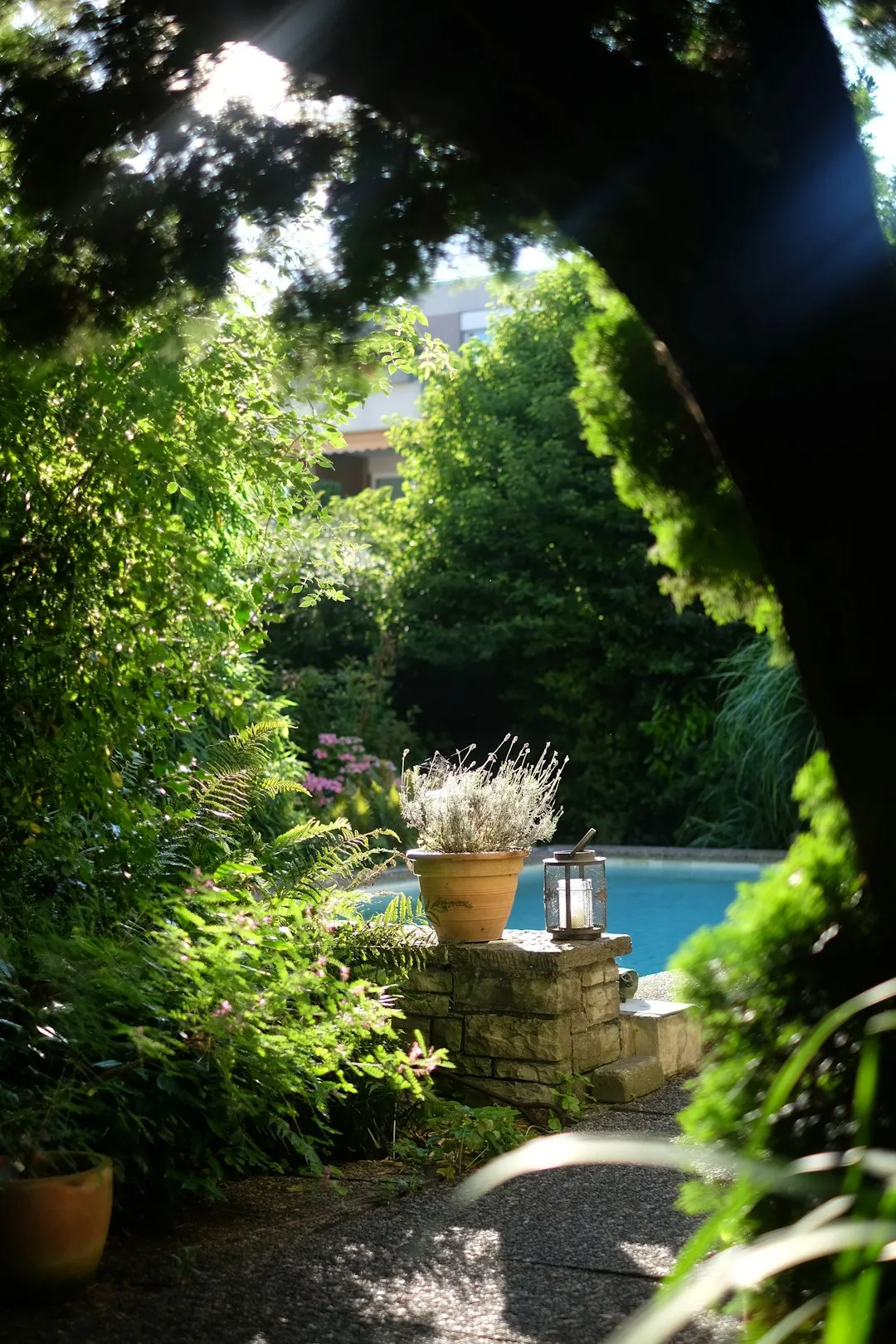
Unleash Your Garden's Potential: The Magic of Lasagna Gardening
Unleash Your Garden's Potential: The Magic of Lasagna Gardening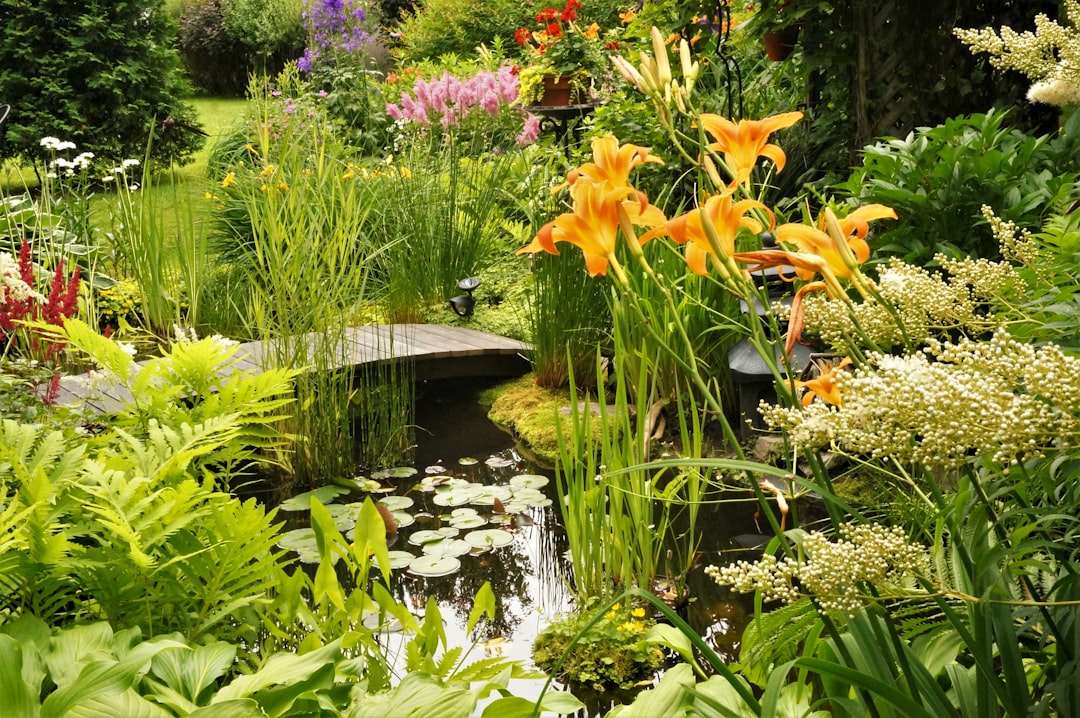
Unveiling the Mysteries of Lunar Gardening
Unveiling the Mysteries of Lunar Gardening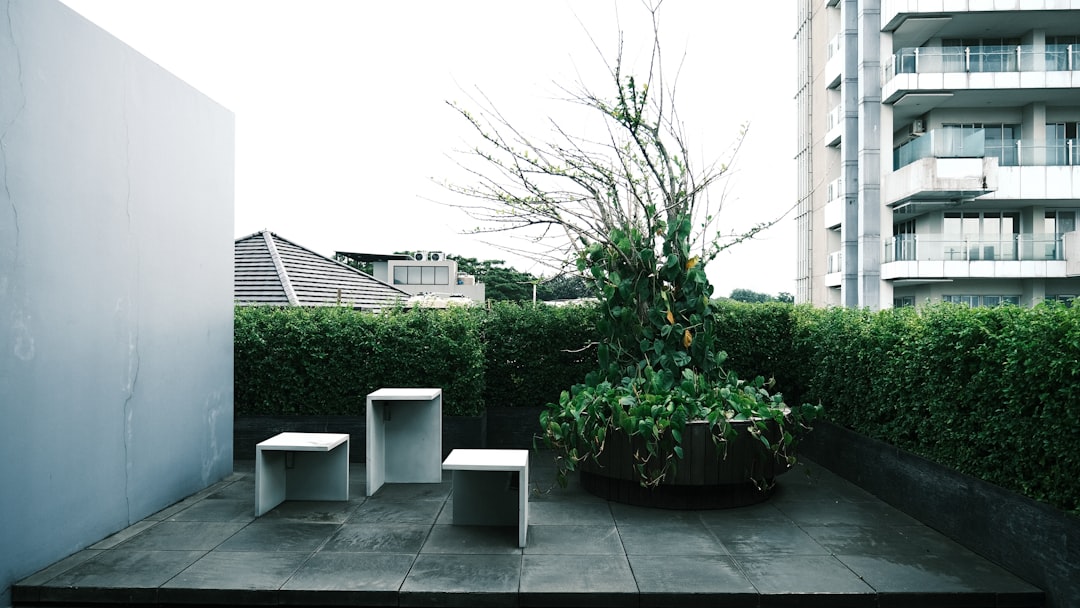
Unleash Your Inner Herbalist: A Guide to Indoor Herb Gardening
Unleash Your Inner Herbalist: A Guide to Indoor Herb Gardening